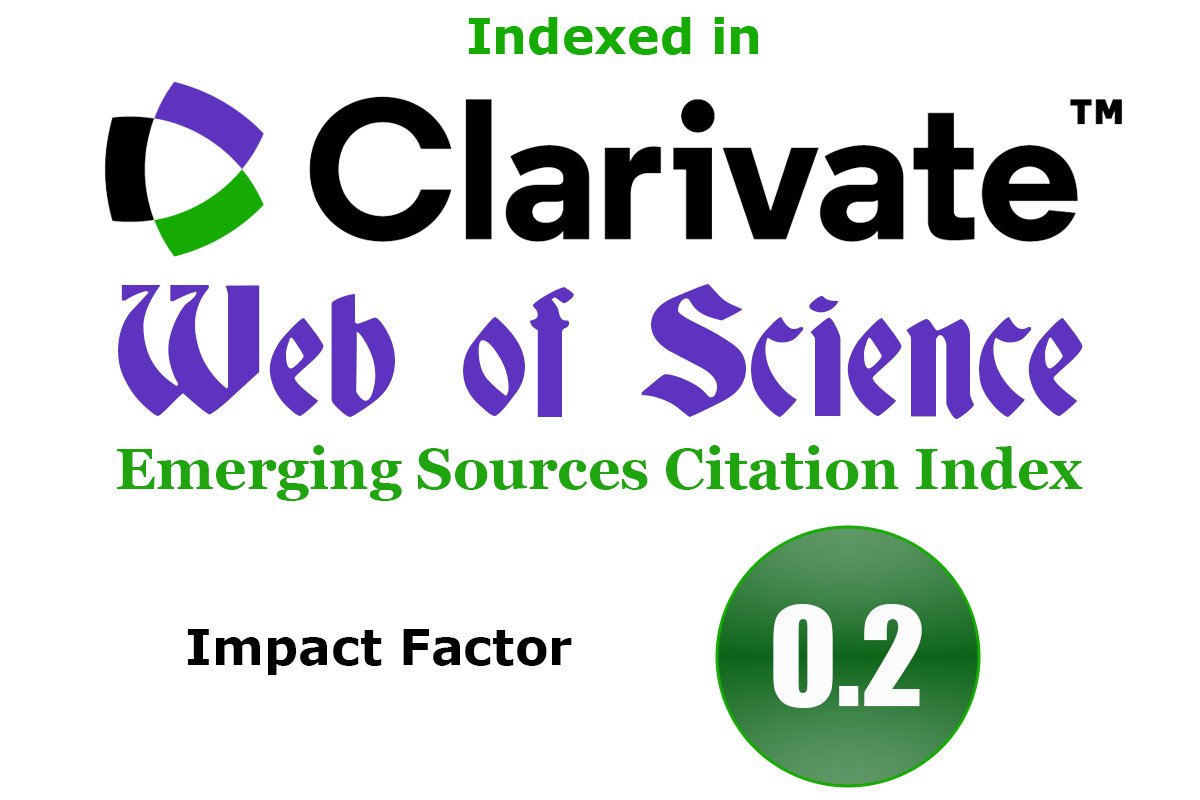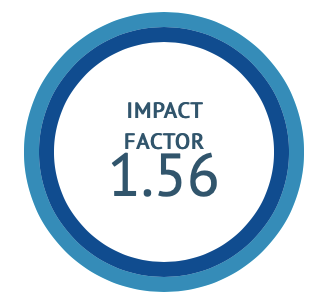Pharmaceutical Standardisation of Lakshadi Guggulu Vati and Tablet w.s.r to the Method of Preparation
DOI:
https://doi.org/10.47552/ijam.v16i3.5540Keywords:
Lakshadi Guggulu, Vati, Tablet, StandardisationAbstract
Introduction: Standard operating procedure for pharmaceutical preparation of Lakshadi Guggulu Vati and Tablet has been developed in the present research work to compare the traditional method of Tablet preparation with the modern pharmaceutical procedure. Material and Methods: Three samples each of classical Lakshadi Guggulu vati were prepared as per Vrindmadhav and A.F.I to develop Standard Operating Procedure (SOP) for the drug. Also three samples each of Lakshadi Guggulu tablet by wet granulation method according to the same references were prepared for comparison of the pharmaceutical procedures. For the purification process of Guggulu 1:4 ratio of crude Guggulu and purification media (Triphala Kwatha) was taken. Observation and Result: Mean % yield of Lakshadi Guggulu Vati and Tablet as per the references of Vrindmadhav and A.F.I. were found to be 87.28%, 92.92% and 90.26%, 95.88% respectively. 700g of Guggulu Shodhana by Parisravana requires 3-4 hrs duration with an average yield of 62-66 %. In the preparation of drug by classical pharmaceutical procedure 10-12% loss was observed while preparing drug by modern pharmaceutical procedure 4-8% loss was observed irrespective of references taken for the process. Conclusion- Pharmaceutically it is better to prepare tablet instead of Vati, as the percentage loss in Vati preparation was high which in turn elevates the cost of medicine.
Downloads
Published
How to Cite
Issue
Section
License
Copyright (c) 2025 International Journal of Ayurvedic Medicine

This work is licensed under a Creative Commons Attribution-NonCommercial-ShareAlike 4.0 International License.
The author hereby transfers, assigns, or conveys all copyright ownership to the International Journal of Ayurvedic Medicine (IJAM). By this transfer, the article becomes the property of the IJAM and may not be published elsewhere without written permission from the IJAM.
This transfer of copyright also implies transfer of rights for printed, electronic, microfilm, and facsimile publication. No royalty or other monetary compensation will be received for transferring the copyright of the article to the IJAM.
The IJAM, in turn, grants each author the right to republish the article in any book for which he or she is the author or editor, without paying royalties to the IJAM, subject to the express conditions that (a) the author notify IJAM in advance in writing of this republication and (b) a credit line attributes the original publication to IJAM.




